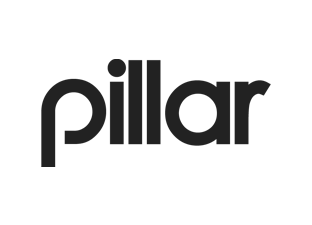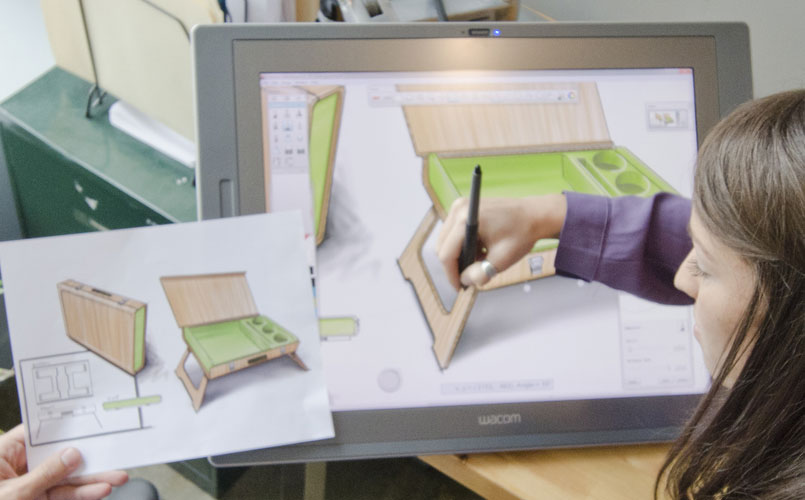Five Things to Consider if You Have a Product Idea
You wake up in the middle of the night with an ingenious new product idea, but how will you determine if it is feasible or worth developing? To help, we’ve broken down five of the main factors to consider if you are thinking about pursuing your idea.
Innovation – Your product needs to be innovative to stand out and will most likely be more successful if it solves a problem for its users. A thorough Google search should be able to tell you if your product idea already exists or if the market you are trying to enter is heavily saturated with similar products. In spaces where there are a lot of competitors, you will need a strong innovation “hook” to get people to purchase your product over a well-known or well established brand.
Complexity – It is going to be much easier to bring a simple product to market, especially if this is your first time developing one. Reducing the scope of work and/or features on the first version of your product is a good way to test out your idea without spending the time and money to develop costly features such as custom apps or electronics. These can always be added to future iterations as you see your idea succeed.
Target market – Identifying your target customer will help you evaluate your market size and customer interest level. If your product appeals to a large audience, you will be able to produce parts at a higher volume which can drastically decrease upfront costs and help justify custom molds. You’ll also want to understand how much your customer is willing to pay for your product before starting the development process. You don’t want to design a Ferrari if your user can only afford a Volkswagen.
Funding – Bringing a product to market is expensive and time consuming. If you have never brought a product to market before, you may want to hire a design consultancy or design firm to help refine, design, engineer, prototype, and evaluate your product idea. Once the development process is complete, production costs can include making molds, producing parts, labor and assembly, and fulfillment of orders. Having a business plan that will cover your development and production costs, plus any hiccups you may encounter, is vital. We have seen clients secure financing through individual funding, crowdfunding (Kickstarter or Indiegogo), or investor partnerships.
Distribution – We see great products flop all the time due to poor marketing and distribution plans. Unless you have a guaranteed “in” at a large retailer or a large social media following, it can take time to build up a customer base and raise awareness for your product. Knowing what avenues are available for you to distribute your product can be the difference between your success and failure. We typically recommend that for every hour spent on the design development, one hour is also spent on the distribution plan.



